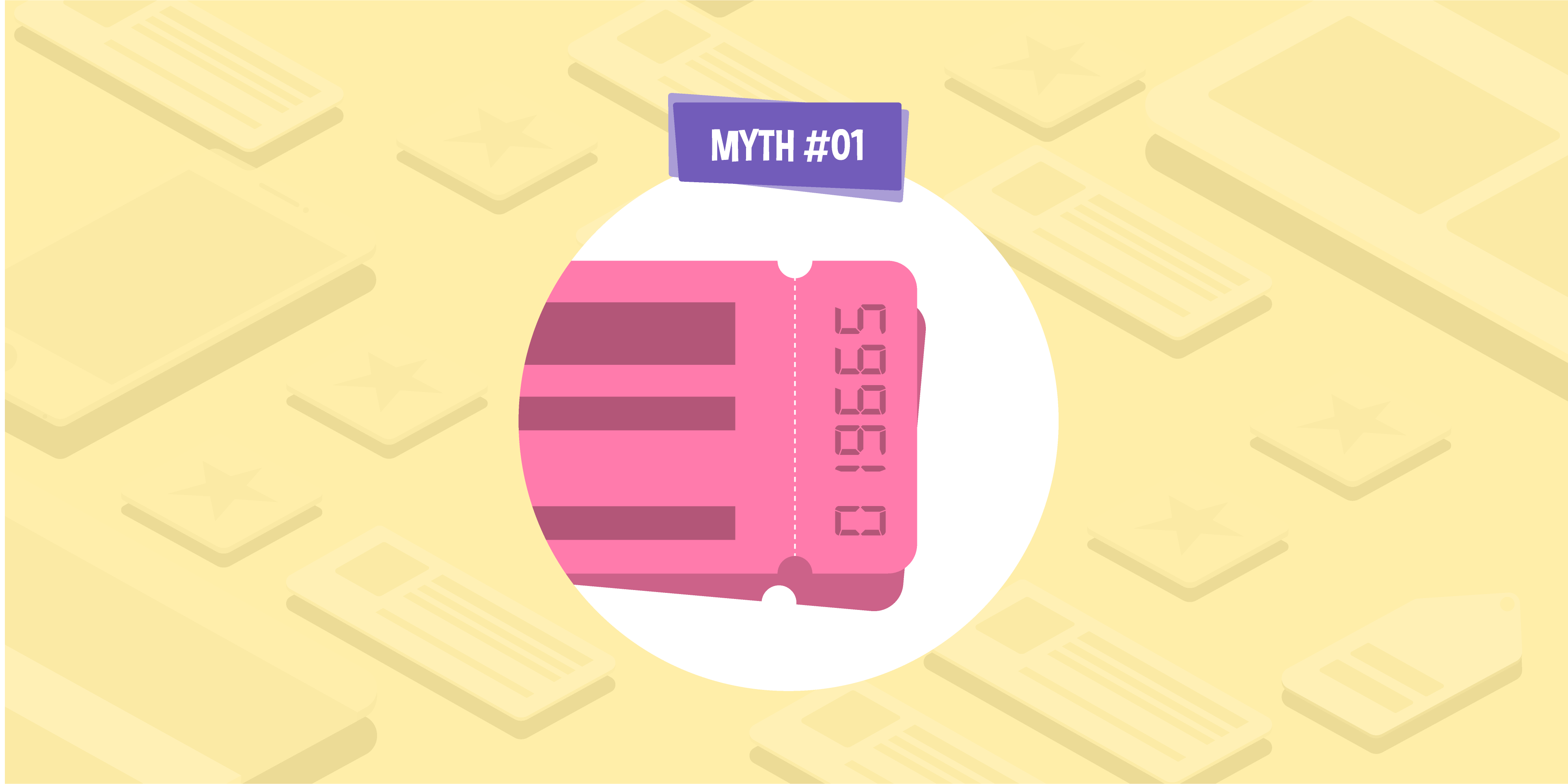
- 19 Feb 2021
- 3 Min read
Responsive Search Ads now take default spot for Google Ads
- by Bradley Hall
Google has finally made it official: Responsive Search Ads (RSAs) are getting a well-deserved promotion as the default function in Search campaigns in Google Ads. The long-awaited change comes after the format was introduced in 2018 and, ever since, has been trying to show it can provide more flexibility and better performance for businesses than its alternatives.
While traditional ads were composed of a headline and body copy and written as they were intended to be published, RSAs have been introduced to shake up that dynamic and give marketers the best chance of improving their conversion rates. So, instead of being created as a standalone ad, RSAs seek to deliver the most effective campaigns by each piece of the ad (headline, body content, display URL) being viewed as an asset. These assets can then be mixed and matched by Google until it figures out which variations are best for delivery at any one point, depending on what people are searching for.
What are the main advantages?
RSAs should help paid search marketers to achieve better click-through rates by weighing up the effectiveness of ad variations and only delivering the one that is best suited for the audience and the digital landscape at the time. A Google spokesperson predicted that this could improve business flexibility and performance while “improving clicks and conversions up to 10%”.
In addition to the benefits of moving to more automated ways of doing things, introducing RSAs as the default encourages marketers to stop fixating on insights like click-throughs and conversion rates. Instead, it attempts to make businesses think of their results in terms of increases they’ve seen in clicks and conversions, as told by the results of RSA campaigns.
All businesses will work differently, and if you find RSAs aren’t for you, the good news is that the Extended Text Ads option still exists and can be used — it just won’t be your default setting in Google Ads anymore.
Why does it matter for marketers?
For one, the Ad strength score given for each of the variations trialled from the RSAs will let marketers understand how they can improve their performance and how each will benefit PPC campaigns. In particular, when setting up RSAs, you’ll find that Google Ads will display prompts — like adding more headlines or extra body content for a more detailed ad — all of which can be approved or denied by the ad creator.
It’s also important to note that previously there was some uneasiness from marketers around the assumed lack of insight from RSAs. Professionals from the digital marketing industry had expressed concern around issues such as RSAs not taking giving information on what your ads are doing with keywords. However, Google was quick to dispel the claims, clarifying that advertisers will still have their full stats available by way of the ‘assets’ tab at the ad level. So, rather than taking anything away, they’ve introduced a new performance-measuring concept to help marketers better understand their results.
If you haven’t already used RSAs, it’s well worth taking advantage of the new default setting to see what they can do for your Google Ads campaign.
Here at Glass Digital, we can help you keep up with Google’s regular updates and improve your paid search strategy. For more information, or to organise a free consultation with one of our PPC experts, get in touch today.

